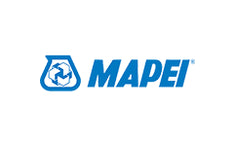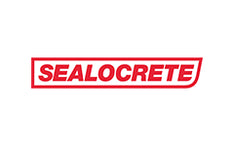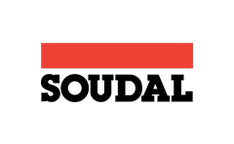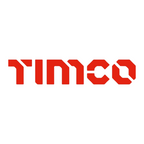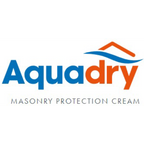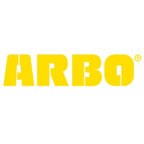Damp is a persistent issue for many UK homeowners, especially with the country’s humid climate and older housing stock. From peeling wallpaper to mouldy ceilings, moisture in the home is not only unsightly but can lead to serious health and structural problems. Whether you're renovating or simply maintaining your property, damp-proofing is essential. In this guide, we’ll explore practical solutions, from products to techniques, to help you protect your home from moisture-related damage.
Understanding the Types and Causes of Damp
Rising Damp
This occurs when groundwater is drawn up through the walls by capillary action. Common in older properties with inadequate damp proof courses, it often manifests as peeling paint, damp patches, and skirting boards that show signs of decay.
Penetrating Damp
Caused by water entering through external walls, roofs, or window frames, this type of damp is usually due to poor building materials, cracks in the structure, or blocked gutters. You'll see it in the form of wet patches on walls or ceilings that worsen during wet weather.
Condensation
Often the result of poor ventilation, condensation occurs when warm, moist air comes into contact with cooler surfaces like walls or windows. It’s a common issue in kitchens and bathrooms, leading to mould growth over time.
Key Triggers
All forms of damp are worsened by poor insulation, ineffective ventilation, or external structural issues, such as damaged roofing or blocked drains.
Key Damp Proofing Techniques and Solutions
Damp Proof Membranes (DPMs)
A Damp Proof Membrane is a crucial barrier that prevents moisture from rising through the floors or penetrating walls. These plastic or bitumen sheets can be applied to floors, walls, and basements to block water ingress.
How to Install DPMs
Before installation, ensure the surfaces are clean and free of any loose material. Lay the DPM flat, overlapping each sheet to create a continuous barrier.
Recommended Product: Consider using Newton Membranes or Biokil Crown Membranes from DIY Refurb.
Waterproof Plasters
Waterproof plasters, such as Limelite Renovating Plaster, provide moisture control and protect against damp by allowing the walls to breathe while absorbing and redirecting moisture.
How to Use
Apply the plaster in thin, even layers over prepared walls. It’s essential to use this in areas prone to rising damp or penetrating moisture.
Tanking Slurry for Basements
Tanking slurry is a liquid waterproof coating that can be applied to below-ground areas like basements. It provides a watertight seal, ensuring that your basement remains dry and free from water ingress.
Application
Mix the slurry according to the manufacturer’s instructions, then apply it to clean, dry surfaces. Two coats are often recommended for full protection.
Product to Use: The Biokil Crown Toptank Tanking Slurry is a go-to product for basement waterproofing.
Essential Damp Proofing Products to Invest In
When tackling damp problems, selecting the right products is vital. DIY Refurb offers a wide range of high-quality solutions:
- Stormdry Masonry Protection Cream: Ideal for external walls, this product creates an invisible waterproof barrier, protecting your brickwork from rain penetration while maintaining breathability.
- Aquaseal Liquid Roof: Suitable for flat roofs, this liquid waterproofing product is excellent for creating a seamless, durable membrane.
- Anti-Condensation Coating: Perfect for high-humidity areas like bathrooms and kitchens, this specialist coating reduces the formation of condensation on treated surfaces.
Installation Advice
Whether you're applying a waterproof membrane or condensation coating, make sure you do so during dry weather. Always use high-quality tools, like brushes and rollers, to ensure even coverage.
Long-Term Prevention and Maintenance
Ventilation and Moisture Control
Why Ventilation Matters: Poor ventilation leads to condensation. To prevent future moisture build-up, proper airflow is essential.
Ventilation Solutions: Consider installing Positive Input Ventilation (PIV) units or extractor fans in high-moisture areas to maintain air circulation and prevent condensation.
Regular Maintenance Tips
- Check annually for leaks in the roof, blocked gutters, and cracks in external walls.
- Reapply waterproof coatings like Stormdry every few years to ensure ongoing protection.
Addressing damp issues early can save you from costly repairs down the line. With the right damp-proofing products and techniques, you can ensure your home remains dry, safe, and comfortable. Explore DIY Refurb’s range of damp-proofing solutions and start your next home improvement project today.
Visit our blog for more DIY tips and product recommendations!




